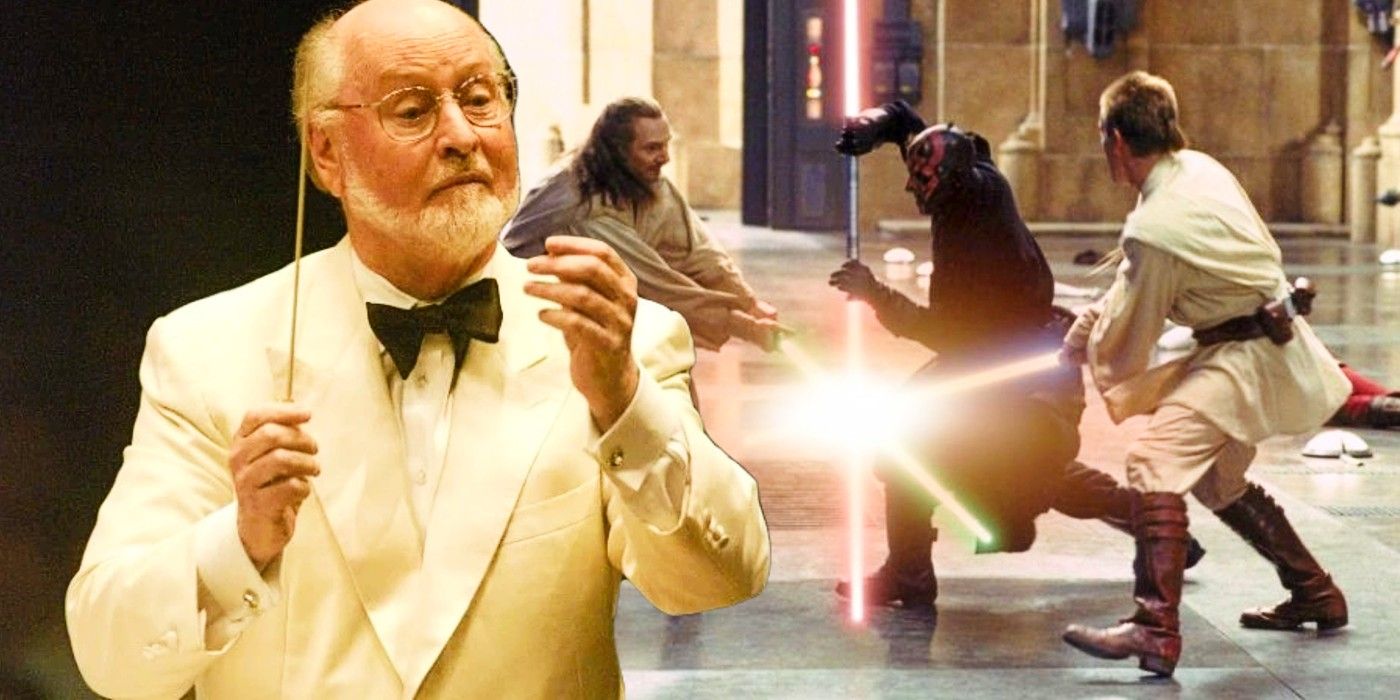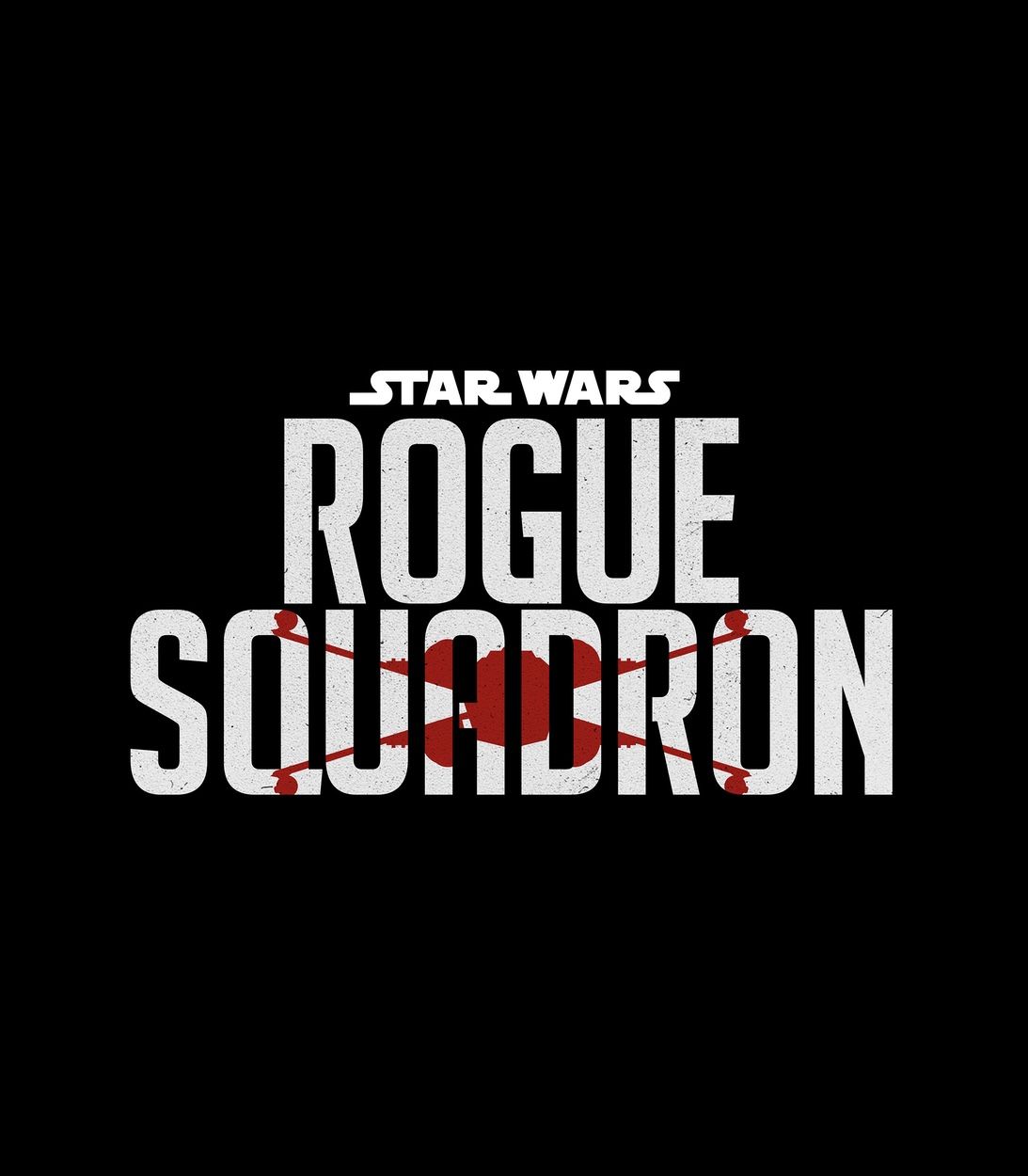John Williams’ "Duel of the Fates" is not only one of the most recognizable musical pieces of the prequel trilogy, but the meaning behind it greatly improves Star Wars: Episode I - The Phantom Menace. While TPM might not be every fan’s favorite Star Wars episode, it’s hard to ignore the sheer epicness of the climactic battle scenes at the end of the movie, which are so cleverly ushered in with the ominous brass section followed by the haunting voices of the chorus that sings the unforgettable tune. Although the musical number is a standalone masterpiece in its own right, understanding the meaning behind the words the chorus sings further deepens the gravity of the situation being depicted on screen.
The finale of The Phantom Menace features Maul, Obi-Wan Kenobi, Qui-Gon Jinn, the Naboo, the Gungans, and the Trade Federation as they took part in a long-awaited showdown with essentially three different battles taking place simultaneously. These high-intensity scenes were brought together as one with "Duel of the Fates' being layered on top, aiming to maintain a careful balance among the warring factions. Williams has often drawn inspiration from classical composers for his works, like Holst, Wagner, and Tchaikovsky, just to name a few, but for "Duel of the Fates", the Star Wars veteran turned to poetry.
One stanza from the Celtic poem, The Battle of the Trees, which is found in Robert Graves’ book, The White Goddess, provided the words sung by the chorus in "Duel of the Fates". The poem depicts an encounter that a Druidic priest has orchestrated by reanimating fields of trees to do battle with one another. Star Wars’ Palpatine is represented by the Druidic priest, and the players in The Phantom Menace’s final battles are the reanimated fields of trees. Much like the Druidic priest plays out his battle, so too does Palpatine play the puppet master. As a result, the song actually serves a much richer purpose than simply providing an epic backdrop – it essentially reveals the heart of the story.
The lyrics to The Phantom Menace’s "Duel of the Fates" were ultimately translated into Sanskrit, the ancient Hindu language, which adds another layer of mysticism to the piece. But Graves’ stanza in its original form hints at an even greater meaning. As the poem reads, “Under the tongue root, a fight most dread, while another rages behind in the head,” suggesting that multiple battles are happening, both physical and metaphorical. As Star Wars’ supposed mastermind, Palpatine manipulates the people he knows are just pawns in his game. He understands, just like the Druidic priest, that there will inevitably be winners and losers. The fact that these battles are all orchestrated just accentuates the inevitability of how the story will unfold. With this in mind, "Duel of the Fates" is not just another goosebump-inducing John Williams masterpiece, it’s a clear reminder of what is to come.
Though many fans found Star Wars: Episode I - The Phantom Menace to be lackluster, it is details like the poem behind "Duel of the Fates" that give further credibility to the amount of thought that went into creating the movie. John Williams’ Star Wars scores play such a large role in the movies that it’s hard to think of a particular scene without hearing the music subtly playing in the background. For all the film's flaws, Williams’ decision to use the incredibly relevant stanza from the poem as the lyrics to "Duel of the Fates" was inspired.



